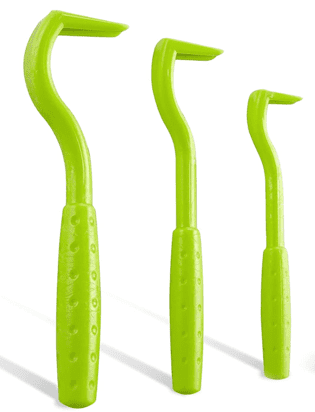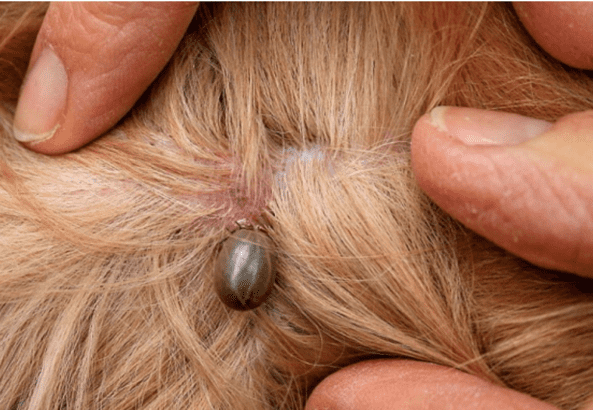Ticks are spider-like small parasites that suck blood from other animals and are rife at this time of the year! These nasty critters have eight legs, with an egg-shaped body that will become larger and darker when filled with blood. Unlike fleas, they don’t fly or jump. Instead, they climb or drop onto your pet’s coat when they brush past whatever they’re sitting on.
Ticks are common in woodland and grassland and, although active throughout the year, you’ll most likely see them between spring and autumn. Cats are also susceptible to ticks.
During tick season it is really important that you check your pets coat regularly, either by grooming or running your hands all over their body, not forgetting to check inside their ears!
What to do if you find a tick?
Tick bites can carry diseases, so it’s important to remove them straight away. When removing a tick, make sure not you don’t squeeze the tick’s body or leave the head in. If you squeeze its body or leave the head in, this can push blood back into your pet, which will increase the chance of them getting a disease.
Tick removal tools are the best way of safely and effectively removing ticks. To avoid squeezing the body or leaving the head in, you’ll need to twist the tick off. This can be done using a tick removal tool, which can be picked up at pet shops, amazon or the vets. Your vet will be able to show you the best way to remove a tick by twisting. Youtube also provide many informative videos on how to do this. Don’t try to burn ticks off or use lotion to suffocate them, as this won’t prevent your pet from getting bacterial infections like Lyme disease.

Newsletter Sign Up
Don’t miss out and join our monthly newsletter!

